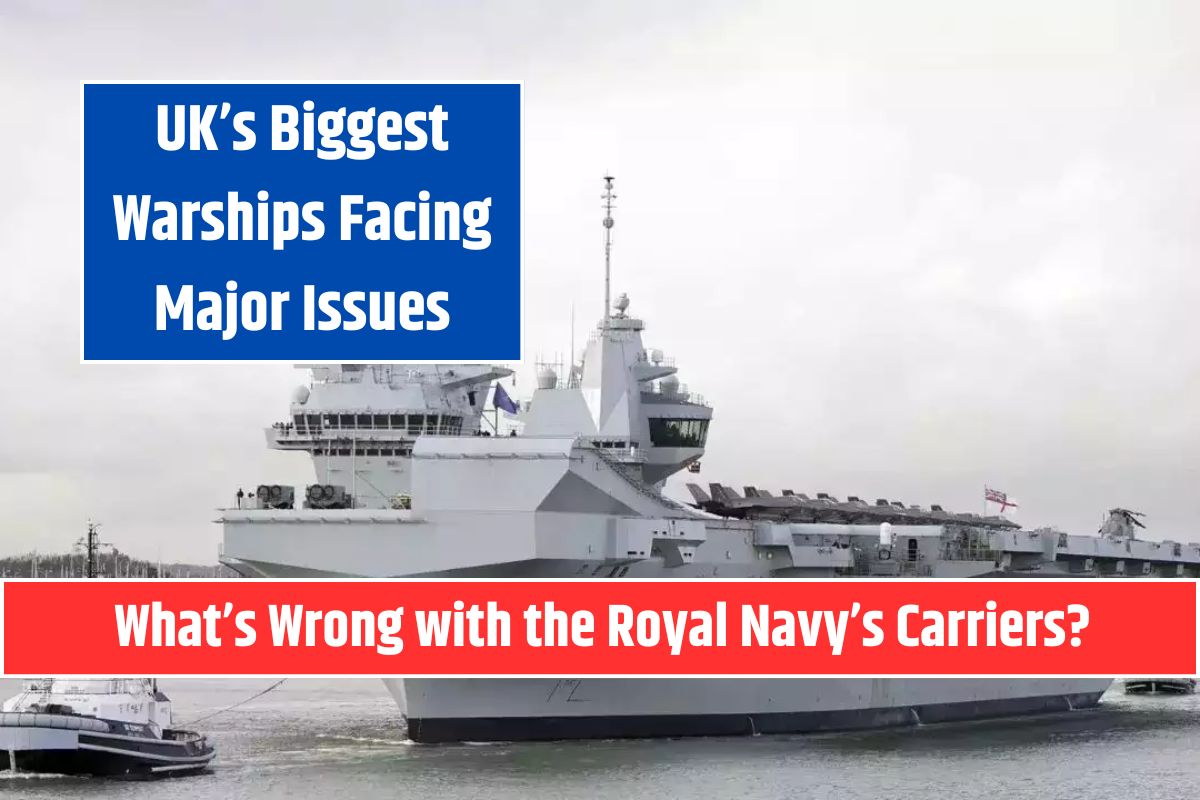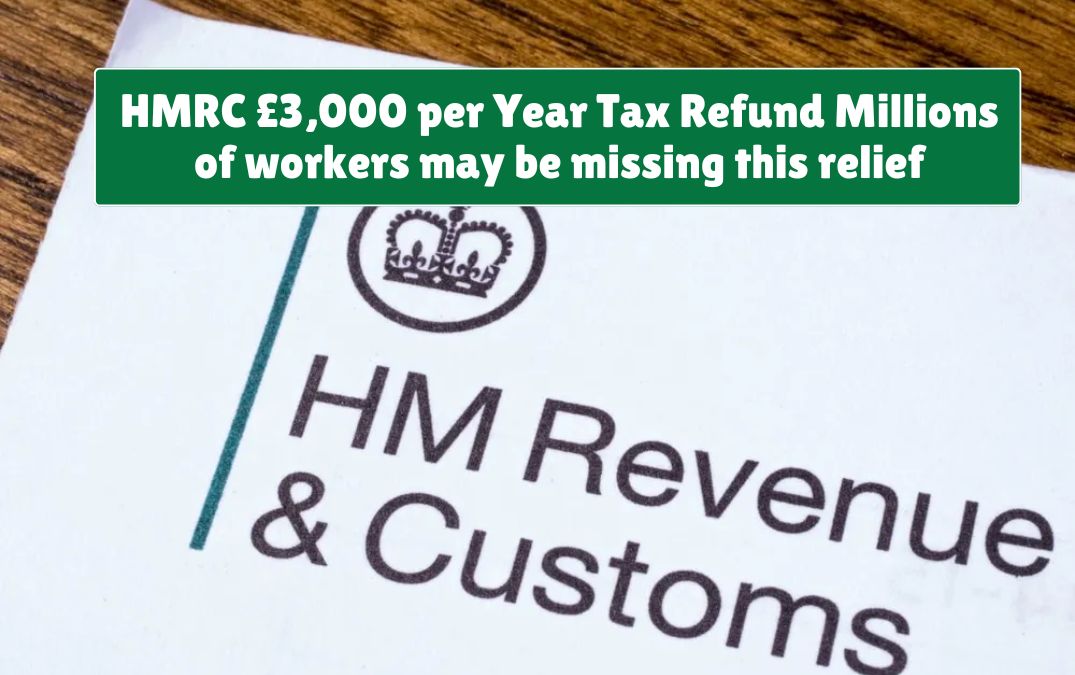The Queen Elizabeth-class aircraft carriers, HMS Queen Elizabeth and HMS Prince of Wales, were designed to provide the UK with global power projection. As the largest warships ever built for the Royal Navy, they are intended to enhance Britain’s military reach and strategic capabilities. However, technical failures, aircraft shortages, and a lack of escort ships threaten their effectiveness.
Design and Capabilities of the Queen Elizabeth-Class Carriers
The Queen Elizabeth-class carriers replace the Invincible-class, which were significantly smaller and primarily designed for anti-submarine warfare. These new carriers offer a major upgrade in size and functionality:
- Displacement: 65,000 tons, three times larger than their predecessors.
- Launch System: Ski-jump ramp to launch F-35B stealth fighters.
- Unique Twin-Island Design: Separates navigation and flight control for better efficiency.
- Power Source: Unlike nuclear-powered US aircraft carriers, these rely on gas turbines and diesel generators, giving them a 10,000-nautical-mile range without refueling.
HMS Queen Elizabeth and HMS Prince of Wales: A Rocky Start
- HMS Queen Elizabeth, commissioned in 2017, has experienced several technical problems, forcing its sister ship to take on more responsibilities than planned.
- HMS Prince of Wales, commissioned in 2019, was initially meant to serve as a backup but has suffered deployment delays due to mechanical failures.
- In 2023, HMS Queen Elizabeth was scheduled to lead a major NATO exercise, but a propeller shaft issue grounded it. HMS Prince of Wales had to step in at the last minute.
Challenges Facing the Queen Elizabeth-Class Carriers
1. Aircraft Shortages
The F-35B stealth fighter is the main weapon system of these carriers, but the UK has faced procurement and maintenance delays:
- The UK originally planned to buy 138 F-35Bs, but only a fraction are fully operational today.
- High costs and maintenance issues have slowed their availability, reducing the carriers’ combat effectiveness.
2. Propulsion System Failures
Both carriers have experienced mechanical issues, particularly with their propulsion systems. These failures have delayed missions and affected operational readiness.
3. Lack of Escort Ships
Aircraft carriers are high-value targets and require a fleet of escort ships (frigates and destroyers) for protection. However:
- The Royal Navy’s limited fleet means the carriers lack proper escort ships, making them vulnerable in high-threat environments.
- Without sufficient escort ships, these carriers cannot safely operate in contested waters, reducing their strategic effectiveness.
Can the UK Overcome These Issues?
For the Queen Elizabeth-class carriers to fulfill their potential, the UK must address the following:
- Increase F-35B aircraft availability to ensure a strong strike capability.
- Fix ongoing technical and mechanical issues to improve reliability.
- Expand the Royal Navy’s escort fleet to enhance survivability in combat zones.
- Secure additional funding to maintain and upgrade the carrier fleet.
The Queen Elizabeth-class aircraft carriers represent a significant step forward for the Royal Navy, but their full potential is yet to be realized. Persistent technical issues, aircraft shortages, and a lack of escort ships raise serious concerns about their effectiveness.
If the UK can resolve these problems, these carriers could provide global power projection and strengthen Britain’s role in NATO and international security. However, without the necessary support, they may struggle to operate effectively in modern naval warfare.
Source: Link















Given the recent tariff threats from the U.S., how might Brexit negotiations be impacted, and could this lead to an unexpected alliance between the UK and the EU against American protectionism?